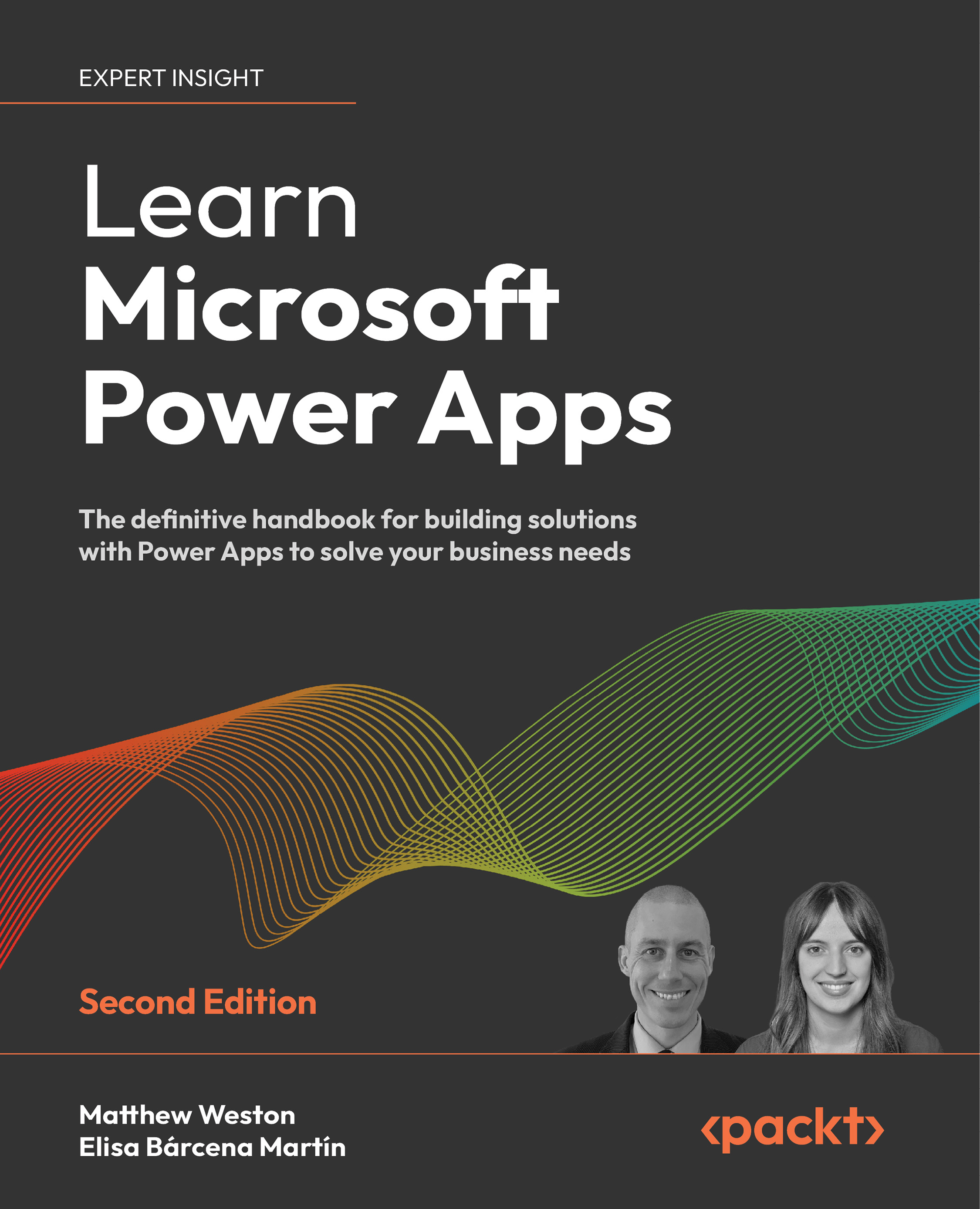In this chapter, we will begin with some of the basic concepts of Power Apps, and what it means to work with it. We will investigate some of the key elements for getting started with the technology, including some of the pre-built example apps that we can use as an aid for learning. We will also take a look at the licensing aspect of Power Apps to help explain the different levels, and what it means to you as an app developer.
Finally, we will look at the development environment, specifically the Power Apps portal, and Power Apps Studio. Part of the learning process is just finding out where information and components are located, which means that your ongoing journey as an app developer will be that much smoother.
In this chapter, we will cover the following topics:
- Understanding Power Apps
- Understanding Power Apps licensing
- Understanding the types of app
- The Power Apps start screen
- Starting with templates
- Using Power Apps Studio
By the end of this chapter, you will have an understanding of the fundamentals of Power Apps and what is possible within it. You will start your Power Apps journey by discovering what apps are included as working examples, and how you can use them to get started.



 Free Chapter
Free Chapter

